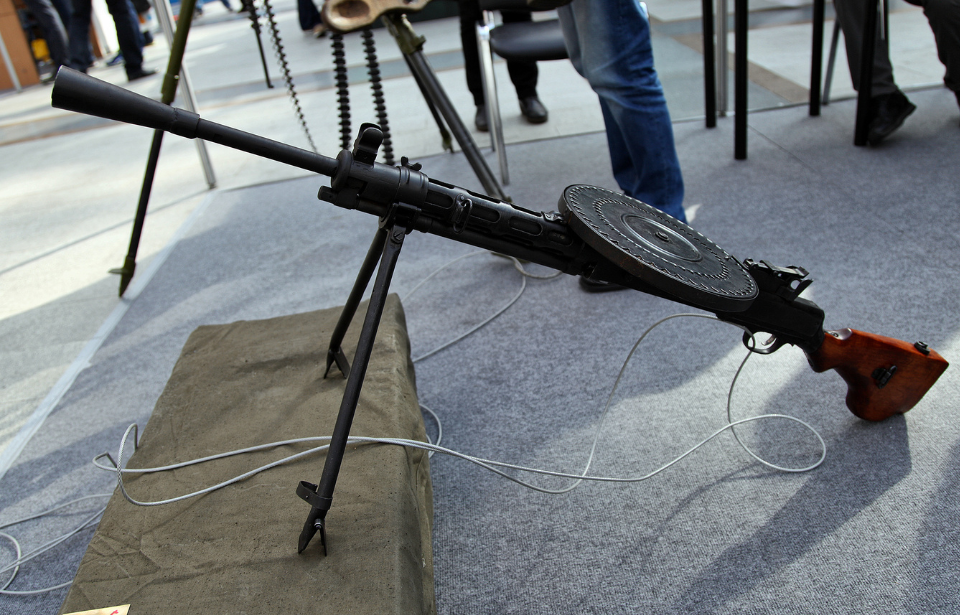The Degtyaryov became the standard Soviet infantry light machine gun shortly after being introduced to the Red Army during the interwar period. While it had its weaknesses, the benefits far outweighed any problems, leading to its mass production during the Second World War. A modernized version eventually replaced the original model, allowing it to see service long after the close of the conflict.
The need for a new weapon following World War I
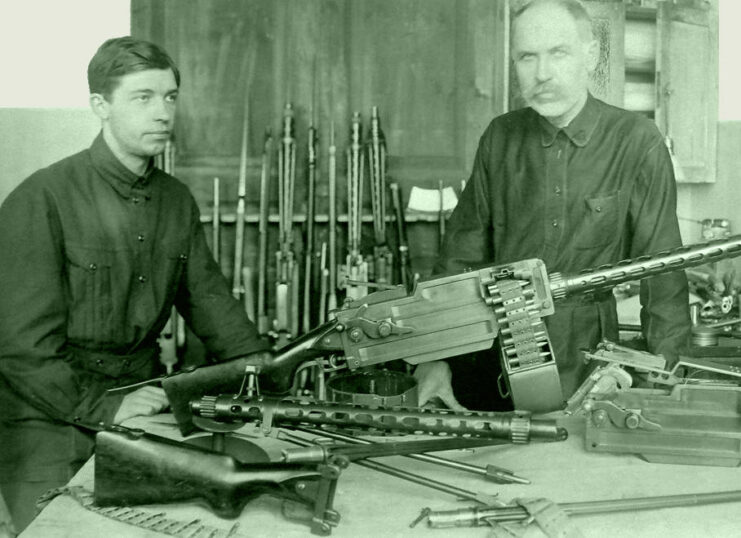
Following their high casualties during the First World War, it became clear to Russia that the Maxim-Tokarev wasn’t adequate for arming the country’s military. Soldiers needed a light machine gun in their arsenal, which came in the form of the DP-26.
The brainchild of Vasily Degtyaryov, the DP-26 was praised by the Russian military for its high portability. This was a welcome change from the Maxim-Tokarev, and service trials began soon after. Several were manufactured, but alterations were needed to improve upon the prototype. The next model addressed this, and was designated the DP-27.
The DP-27 underwent a series of tests. When it was determined it could withstand dirt, snow and sand, the weapon was provided to the Red Army in 1928. It soon became the standard light machine gun of the country’s infantry during World War II, and was even modified, so it could be equipped by tanks, acting as either a flexible bow or co-axial machine gun.
The Degtyaryov light machine gun’s ‘record player’
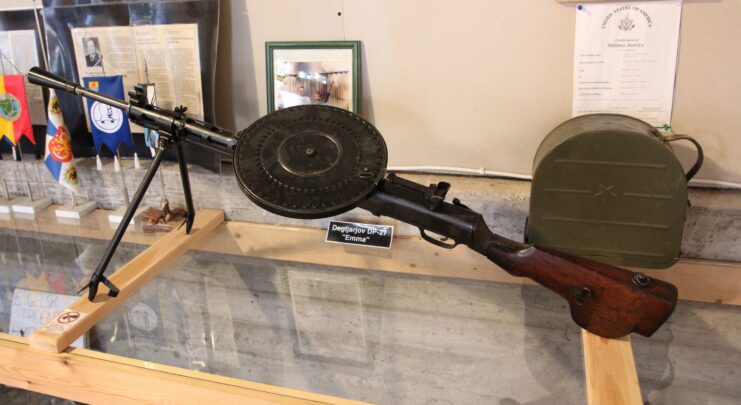
The Degtyaryov DP-27 light machine gun was built from around 80 parts, yet its durability made mass production a no-brainer for the Red Army.
Two components made it clearly recognizable on the battlefield. The first was its large flash suppressor and widening barrel mouth. The suppressor was added to the weapon around a year after it entered service. The second was its 47-round pan magazine that attached to the top of the receiver. It quite literally looked like a pizza pan atop the weapon, and its strange appearance led to it being nicknamed the “record player.”
From the magazine, the DP-27 fired the same ammunition as the standard Mosin-Nagant infantry rifle, the 7.62 x 54 mmR, with a fire rate of 520-580 rounds per minute. Other components of the light machine gun included the rear sight, a perforated barrel guide with a front sight, and the stock and trigger mechanism.
Weaknesses were identified with the Degtyaryov light machine gun
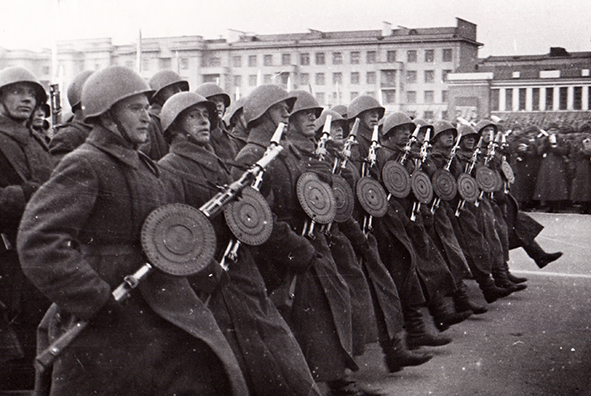
There were two major weaknesses with the Degtyaryov DP-27 light machine gun that prevented it from being the easiest thing to handle in the field. The first was its rather flimsy bipod, which was prone to breaking and malfunctioning. This meant that, if not handled properly, it was likely to fail.
The second lay in the DP-27’s internal return gas-operated spring. Due to its location near the barrel, which heated up during rapid firing, it often warped. This warping would cause the recoil spring to lose proper temper.
Other weaknesses associated with the DP-27 were largely centered around its pan magazine. Its shape made reloading difficult and time consuming, and it was prone to damage during battle. Additionally, only allowing 47 rounds made ongoing fire from the weapon impossible.
A ‘modernized’ DPM
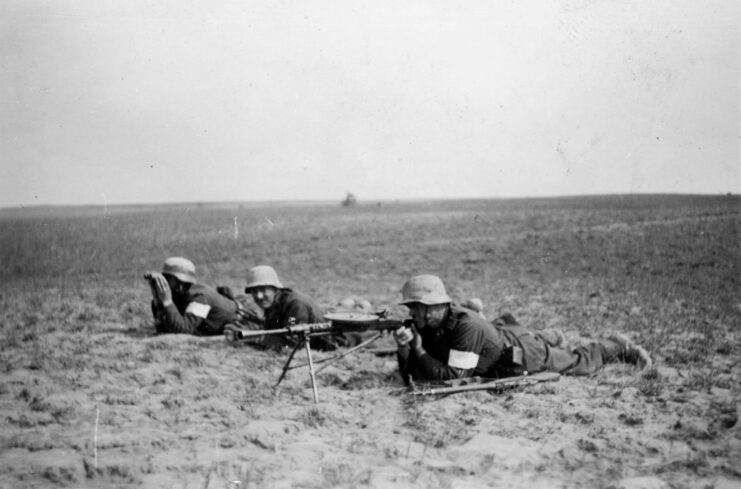
A “modernized” version of the Degtyaryov light machine gun was developed and made available in 1943, becoming the new standard for the Red Army two years later. They was designated “DPM” to help differentiate it from the DP-27, although the changes made may have been a good signifier.
The improved DPM included a sturdier bipod. One of the biggest weaknesses of the previous model, this was a much-needed improvement. The return spring was also extended over the rear of the receiver, which forced the replacement of the rifle-style grip with a stand-alone pistol one.
Other changes included the addition of a simple shoulder stock and a new safety. What didn’t change was the type of ammunition it fired, its gas-operated action and pan-shaped magazine.
More from us: Puckle Gun: The Early Machine Gun That Fired Both Round and Square Bullets
The DPM entered service at the tail end of the Second World War. It was put to the test during these final pushes against the Germans, and certainly proved its worth. The light machine gun remained in service with the Soviets until the 1960s, when it became replaced by the PK. That being said, it continued to see use by other militaries across the world.
